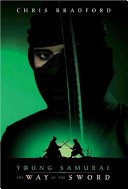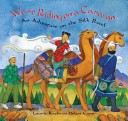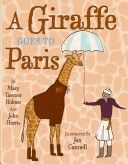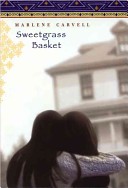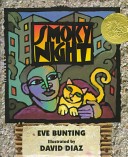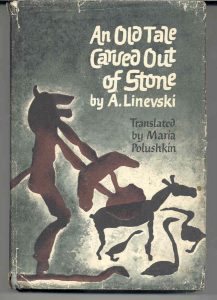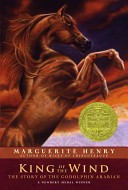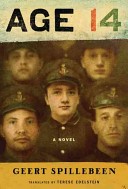
It is 1913, and twelve-year-old Patrick Condon wants to escape his unexciting life in Ireland. So he hatches a plan. Not wanting to wait until he is old enough to join the army, Patrick lies and says he seventeen years old, and that his name is John Condon. Assuming the identity of his older brother, Patrick enlists. John fits in quickly, though it is obvious that John is not 17, or even 16. That doesn’t matter. John is strong, fast, and a hard worker. He loves military life. This man’s world is just what John wanted. But when WWI begins in 1914, John gets all he has been looking for, and more he does not expect, as he is just a boy…

